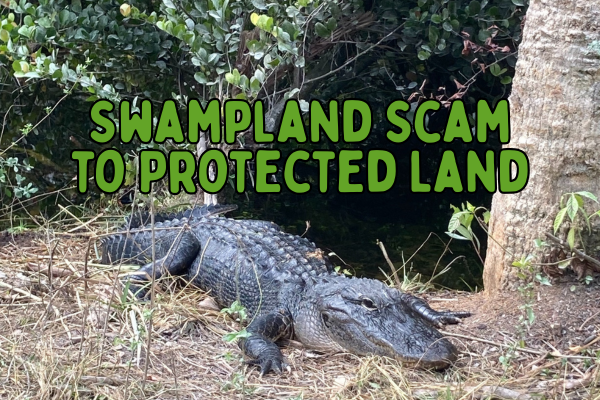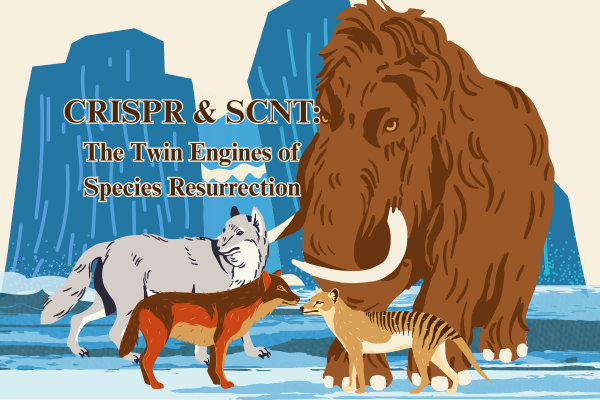Attention all dinosaur lovers, a new dinosaur has been discovered! Lokiceratops rangiformis, named after the Norse God of Mischief, was found in 2019. This new dinosaur which roamed the earth 78 million years ago belongs to the Ceratopsian family, the same family as a Triceratops.
Who Discovered the Lokiceratops?
Paleontologist Mark Eaton has been credited with discovering and naming the Lokiceratops. The full name, Lokiceratops Rangiformis, literally translates to “Loki’s horned face that looks like a caribou”. This dinosaur’s large but uneven horns, similar to those of deer and caribou are said to have possibly been the ceratopsid’s way of attracting its’ mates or even intimidating other species.
Was the Dinosaur Found Near You?
The Lokiceratops fossils were found in the Montana Badlands, located in northeast Montana right on the border of Canada. The Badlands is an ecological system full of great sand plains and grassy plains in which the fossils of four other ceratopsian species (Albertaceratops, Meducaceratops, Avaceratops, Wendiceratops [sciencenews, 2024]) have been unearthed. This makes the Monata Badlands the most diverse area, home to the ceratopsians species.
What Makes the Lokiceratops Different?
Compared to other ceratopsian species, Lokiceratops is one of the largest and bulkiest species of the ceratopsians. Due to its hollowed-out, bladelike brows, researchers have determined that Lokiceratops was one of the older specimens of ceratopsians. If it were newer, the horns would have been solid.
Are the Lokiceratops Living Up To Their Name?
The newly discovered dinosaur, named after the god of mischief, is certainly stumping some scientists. Though the Lokiceratops’s blade-like horns and great size set it apart from other ceratopsians, there is some doubt about whether or not the dinosaur is actually a new member of the species.
Because Lokiceratops and Albertaceratops are discovered to be closely related, the Lokiceratops’ fossils could be the Albertaceraops’ fossils from different stages in their life. Ceratopsians are known to change drastically as they grow and age, this could prove that it is the same species. Since only one Lokiceratops specimen has been found proving its existence, it is difficult for scientists to clarify. Once more fossils are found, scientists will have the evidence to determine whether the Lokiceratops is a new species.
Until then, we are left to wonder whether there is truly a dinosaur that is still causing mischief 78 million years later.










Sam Mills • Nov 18, 2024 at 1:44 PM
you did a great job on this! I’m using it for one of my journal assignments in my newspaper class :3